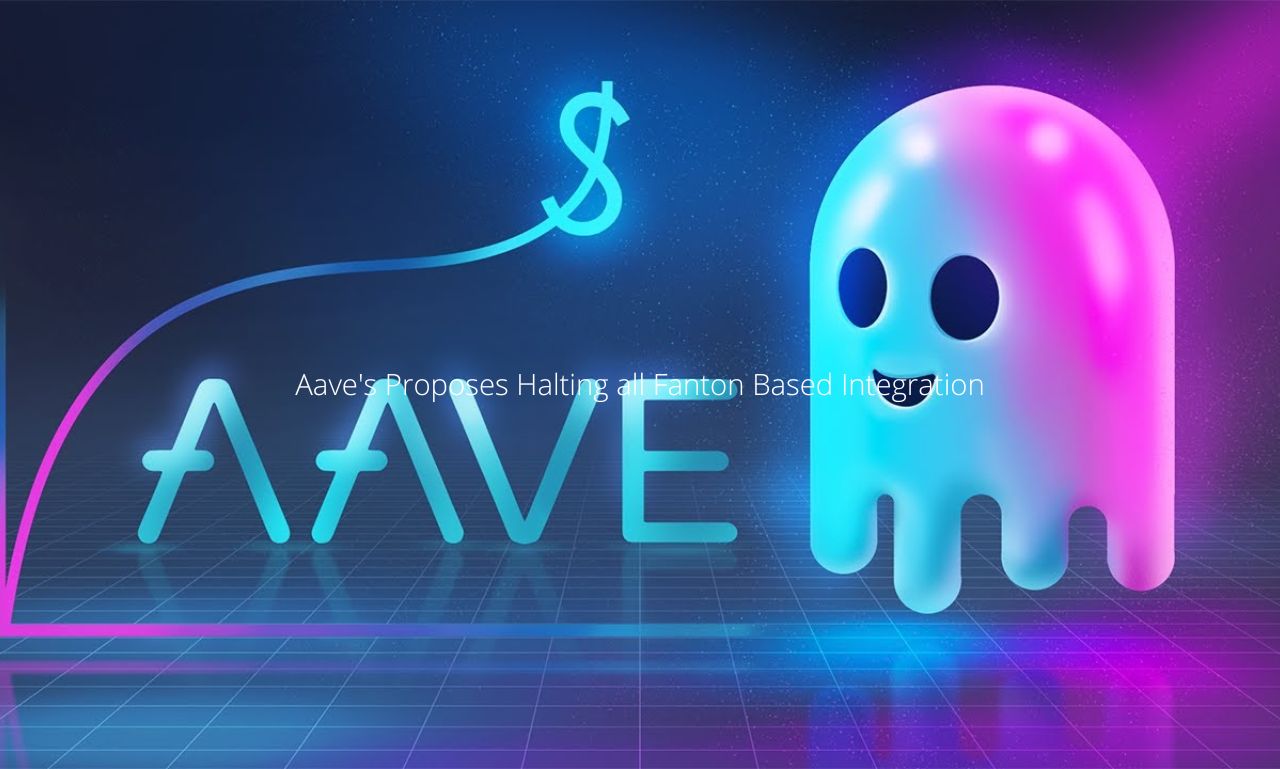The past two weeks have been a rough ride for crypto hackers.
The repercussions from the most recent hack of Solana have once again brought to people’s attention the significance of using, for example, hardware wallets. We now know that around 15,000 cryptocurrency wallets were affected and that approximately $4.6 million was stolen.
Bridges have also been hacked regularly, which is another source of frustration. Users can transfer funds from one blockchain to another through bridges, which are essential components of the cryptocurrency infrastructure. For instance, native assets on Avalanche cannot exist on Harmony unless a bridge is present to connect the two worlds.
And if you believe in the concept of a multi-chain cosmos, bridges are necessary for you to believe in that theory. Unfortunately, in recent times, these platforms have been subjected to a very severe beating.
Recent Crypto Hacks
The most recent episode was on a hack of Nomad that occurred earlier this week and included approximately $190 million. However, there have been many others, such as the hack of Axie Infinity’s Ronin bridge (which cost $622 million), the hack of Wormhole in February (which cost $320 million), and the hack of a bridge connecting Harmony and Ethereum (which cost $100 million).

More than one billion dollars was taken in just those three hacks. Still, a company that specializes in blockchain technology called Chainalysis estimates that the total amount taken in all 13 bridge hacks this year is closer to two billion dollars.
Is There Anyone Working on Improving Anything?
Considering the amount of money that is at stake, at least one DeFi project is working to reduce the impact of this risk.
The community should immediately halt any Fantom-based integration, according to a new suggestion on the lending and borrowing protocol, Aave.
According to what is written in the document,
“This step would protect users by prohibiting the ability to deposit or borrow assets in the Aave V3 Market on Fantom.” However, “repayment of debt, liquidations, withdrawals, and changes to the interest rates” are still permitted.
If you’re trying to get caught up, Aave is a platform that enables you to lend out new cryptocurrency to earn a percentage, less a modest charge that you pay to the protocol for doing so. Fantom is a layer-1 blockchain created with the proof-of-stake (PoS) consensus method. This blockchain was designed to be as fast as possible.
Why Aave?
Like Ethereum, Fantom features a plethora of distinct DeFi applications. Therefore, many Ethereum-first decentralized financial applications, such as Aave, have made their services accessible via Fantom.
Aave is available on Avalanche and Fantom, in addition to a few layer-2 networks such as Optimism, Arbitrum, and Polygon, which are included on the list of networks currently available.
Bridges are required in order to accomplish integrations with various other blockchain networks. And according to the most recent proposal for Aave, the benefits of utilizing this bridge are outweighed by the potential drawbacks of doing so (at least on Fantom).
The plan also highlights the fact that Fantom does not generate a significant amount of revenue in the form of fees for Aave’s treasury: only $30.
According to the proposal,
“The Fantom Aave V3 market did not gain noticeable traction with a current market size of $9M and $2.4M of open borrowing position; this led to a market generating on average $300 of fees daily for the protocol ($30 of daily fees for the Aave treasury”). Additionally, the document states that users will be left with nothing if the Fantom bridge fails or is hacked.
For comparison, Aave on Ethereum currently brings in $327,000 per day, whereas Aave on Avalanche brings in $133,366 per day.
It is possible that this is not the first occasion that Aave has shut down a crypto bridge. Aave replicated the attack that was performed on the Harmony bridge, but it was too late; they had already been compromised.
We are still in the proposal phase of the conversation, but on Monday, we will move on to the DAO voting platform Snapshot to hold a formal vote on the outcome.
Multi-Chains Narrative Under Radar
The overarching point to be made here is that the multiple-chain narrative is rapidly deteriorating.
Aave is a sizable community, and it presently holds the position of being DeFi’s fourth-largest in terms of the total value. And because it was born on Ethereum, it has the support of an even bigger community than before.
In addition, the Ethereum merge is right around the corner, and layer-2 networks on Ethereum are starting to pick up steam. It is possible that, in the end, it won’t make a difference because the multi-chain future promises lower fees and higher speeds.
More Stories:
Blockchain Startup Coherent gets $4.5M Funding
CZ Argues That Country-Specific Crypto Markets Are a Poor Idea
